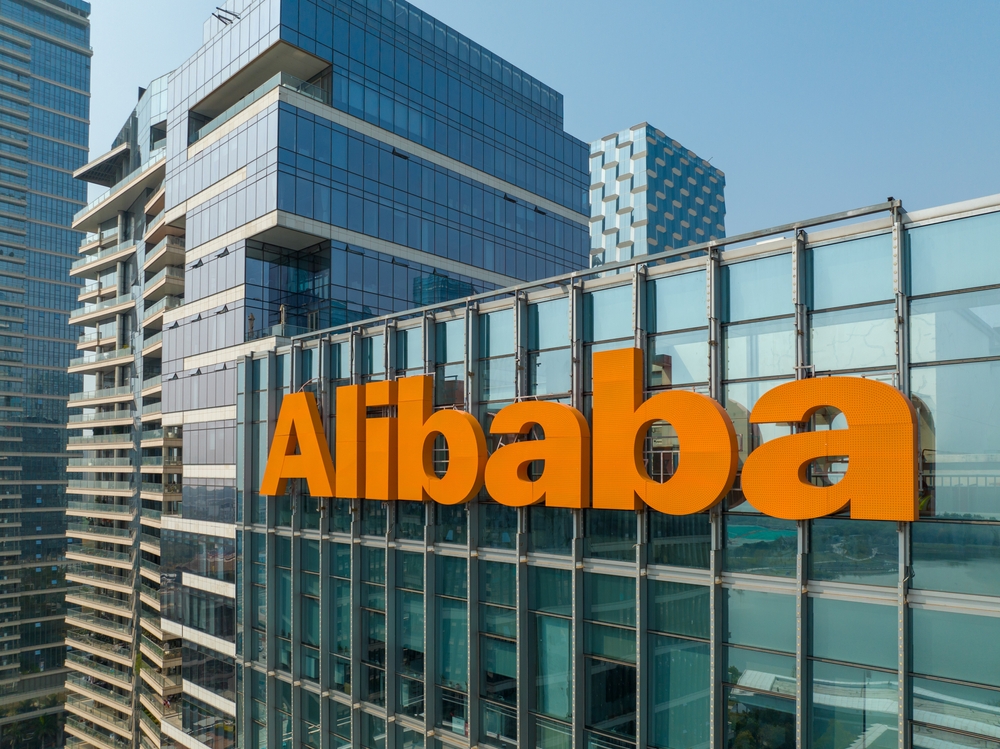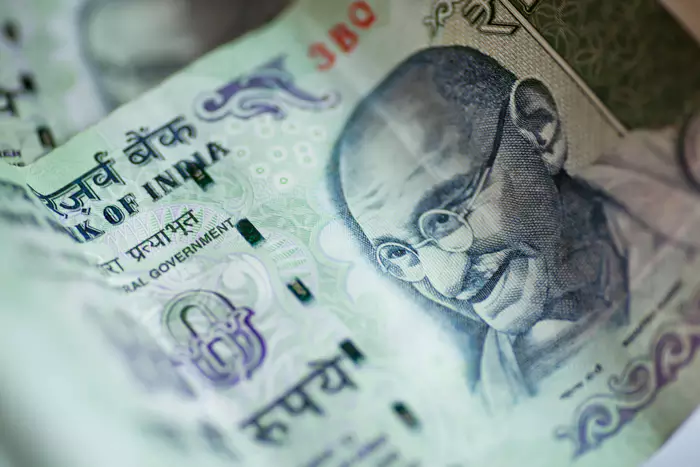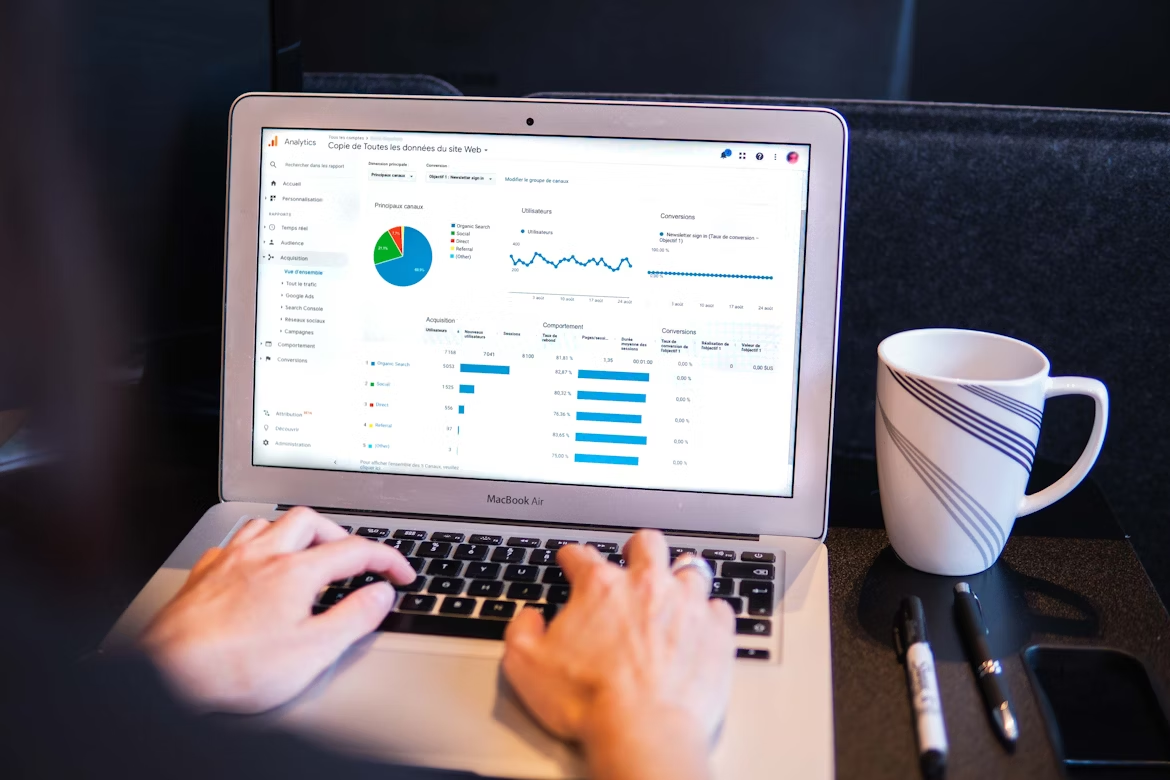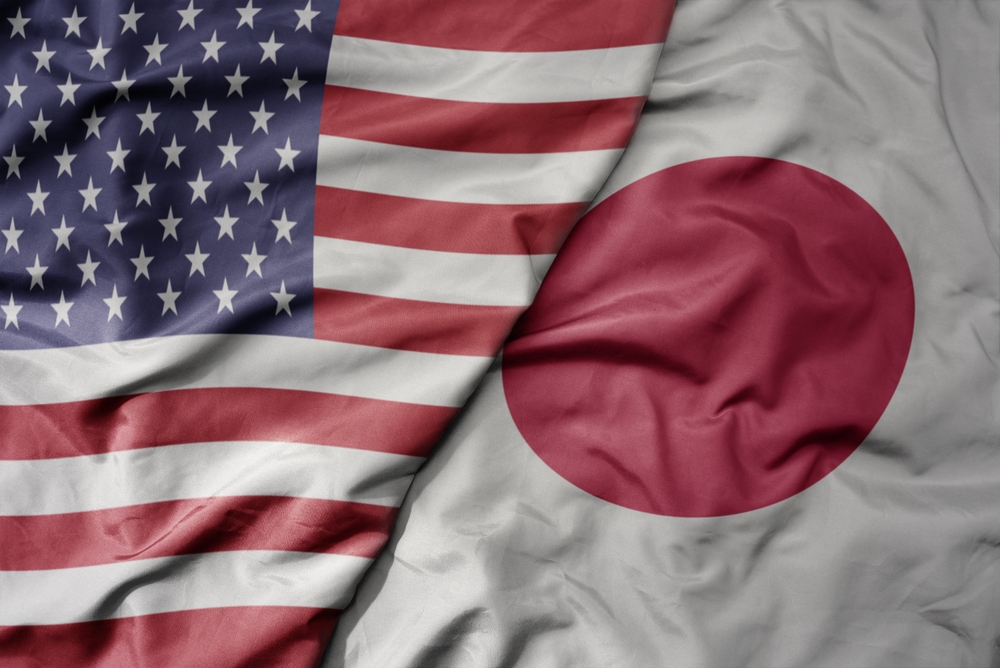The bilateral relations between India & the United Arab Emirates (UAE) have been established centuries ago, with the two countries remaining closely tied till today. The bond between India & UAE has been bolstered from trading & bartering clothes and spices for dates and pearls, to contemporarily share not only economical but also political and cultural links, for decades.
The relationship between the Southeastern and Middle Eastern Asian nations is expected to be substantially reinforced, as they have signed a Comprehensive Economic Partnership Agreement (CEPA) in February with the goal of growing the total value of bilateral goods to more than $100 billion, and traded services to over $15 billion within the next five years.
“$100 billion is just a starter. As we go along, it will become $200 billion and then $500 billion in the years to come”, as noted by India’s Commerce Secretary B.V.R Subrahmanyam, which also added that “99% of our [India’s] exports will go to zero duty in the UAE”. Ultimately, this lays the ground for a free-trade pact, which is unshackled from quotas and tariffs. Why is this historic agreement so significant?
The Bottom-line
The gigantic free-trade agreement will provide a considerable boost to economic growth, job creation and cost reduction for both nations. Enhanced market access and significantly minimized tariffs & other trade barriers, which according to the India’s External Affairs Minister S. Jaishankar, will “open new opportunities in both trade in goods and services, and will lead to enhanced investments”. According to the UAE’s Minister of State for Foreign Trade, His Excellency Dr. Thani bin Ahmed Al Zeyoudi, “the India-UAE CEPA is the largest agreement of CEPA that we [UAE] are going to sign”.
The bottom-line is that more goods & services will flow between the two nations, via a faster, easier and cheaper trade mechanism. As international trade soars, so will the economic growth of both the UAE & India amid global complications, record-high inflation in many regions of the world and escalating oil prices. From a macroeconomic viewpoint, this free-trade agreement will support the two nations in retaliating against a potential upcoming worldwide recession.
The Benefit to India
India truly sets an example for the power of strong international economic relations. The country has been a pioneer in forming resilient & long-lasting alliances with other nations for decades. The free trade agreement (FTA) with the UAE will significantly fortify India’s international and domestic capabilities, as well as prospects for economic growth.
The UAE is offering duty elimination of over 97% of its tariff line, which account for 99% of exports from India to the UAE. This will ease the flow of many Indian goods into the Arabic supernation, including gems, jewelry, textiles, leather, footwear, sport goods, pharmaceutical products and agricultural products.
Currently, the UAE is India’s third largest trade partner, and this will give India a privileged deal, as well as promote investment and trade flows between the country. This will create more jobs in the sectors directly involved with the goods mentioned, which also includes government procurement, e-commerce and intellectual property rights. Such service & technology intensive industries will enjoy preferential treatment from the UAE, which is regarded as one of the world’s fastest growing economies of the modern era.
The Benefit to the UAE
Since the discovery of oil in the United Arab Emirates with oil exports beginning from the Abu Dhabi emirate in 1962, the commercial tie between the UAE and India has undergone a drastic change. Dubai has established itself as a regional trading hub in the early 1990s. India imports many items from the UAE other than petroleum and petroleum products, such as precious metals, chemicals, stones, plastics, electrical equipment, among many other products.
How will the deal be advantageous to the United Arab Emirates? India, which is regarded as the UAE’s second-largest trading partner in 2021, is set to slash the import duty on dates, cement, metals and crude oil from the UAE, which account for 90.7% of the products which flow to India from the UAE. Furthermore, India aims to wipe out tariffs for more goods & services in the next five to seven years.
Given that trade between the two nations is under liberalized and relaxed norms, investments from abroad to the UAE will also be boosted, as the nation would be escalating through the national ranks due to the free flow of goods, services, people and money. Currently a touristic & regional trade hub, the UAE is set to witness more years of growth and prosperity, and this agreement has smoothened the road and quickened the process towards economic superiority.
Recent Revelations
The dual-sided, ground-breaking trade deal is believed to have taken effect since the first of May, which marks over two weeks of the deal up & running since the date of writing this article. Among the most recent revelations of India’s first trade agreement with a major trading ally in over a decade, is the launch of the India – UAE startup bridge; an initiative which enables investments coming from the UAE towards India startups.
The bridge will provide UAE with India’s seasoned expertise in the sector, as well as provide a financial boost to Indian startups forming in the UAE. Indian Commerce and Industry Minister Piyush Goyal said lately that there is a substantial number of startups emerging in the UAE, with over 65,000 startups and 100 unicorns registered with the ministry in the United Arab Emirates. This will benefit both nations in many industries, including financial services, industrial production, food security, logistics and even entrepreneurship.
Written by team of analysts of Golden Brokers
Trading is risky and your entire investment may be at risk. TC’s available at https://goldenbrokers.my/















